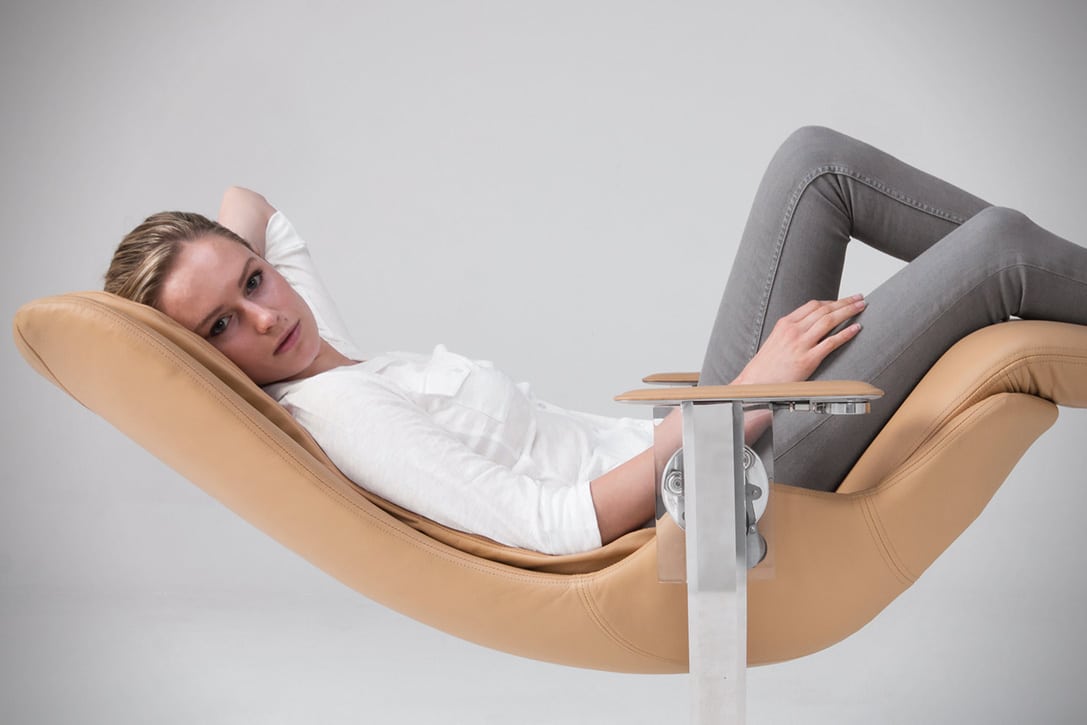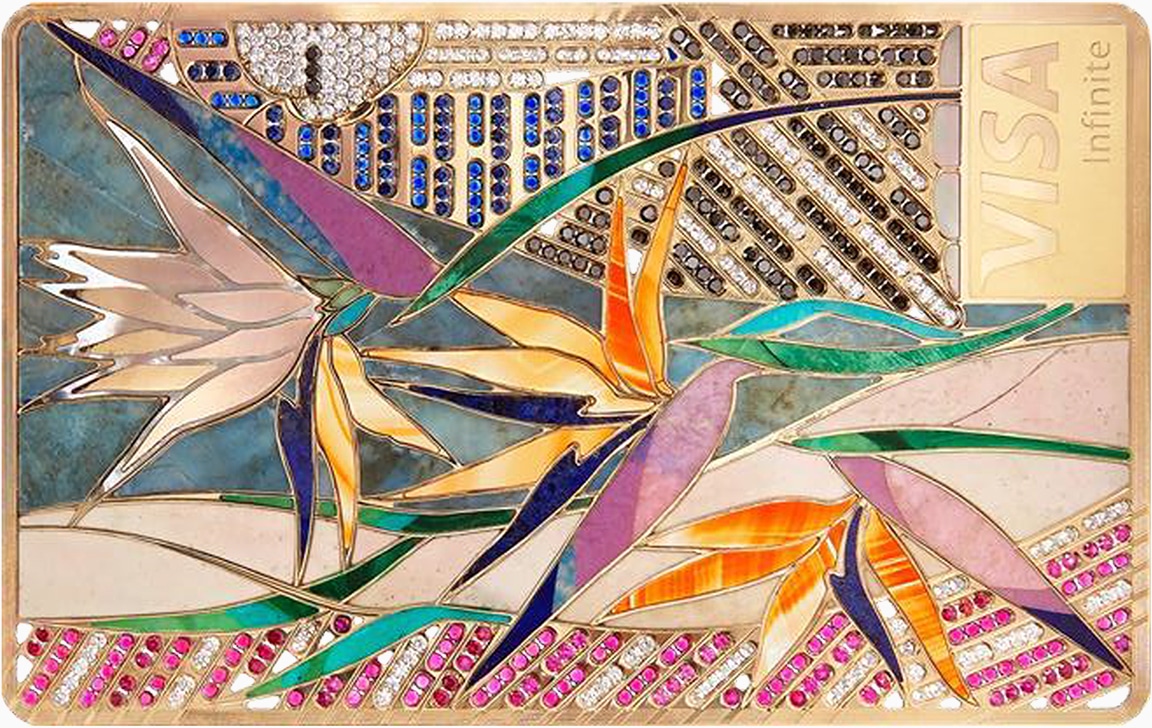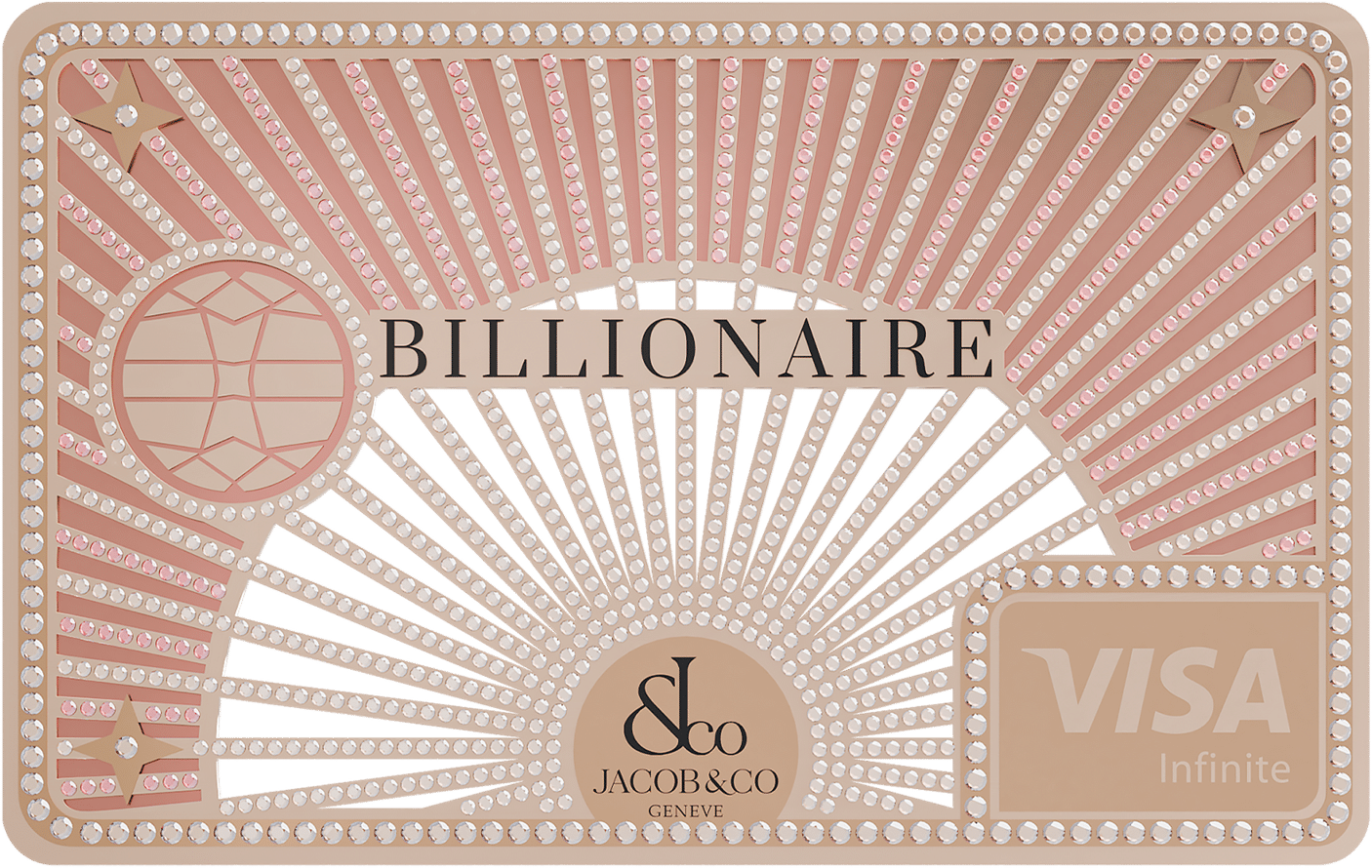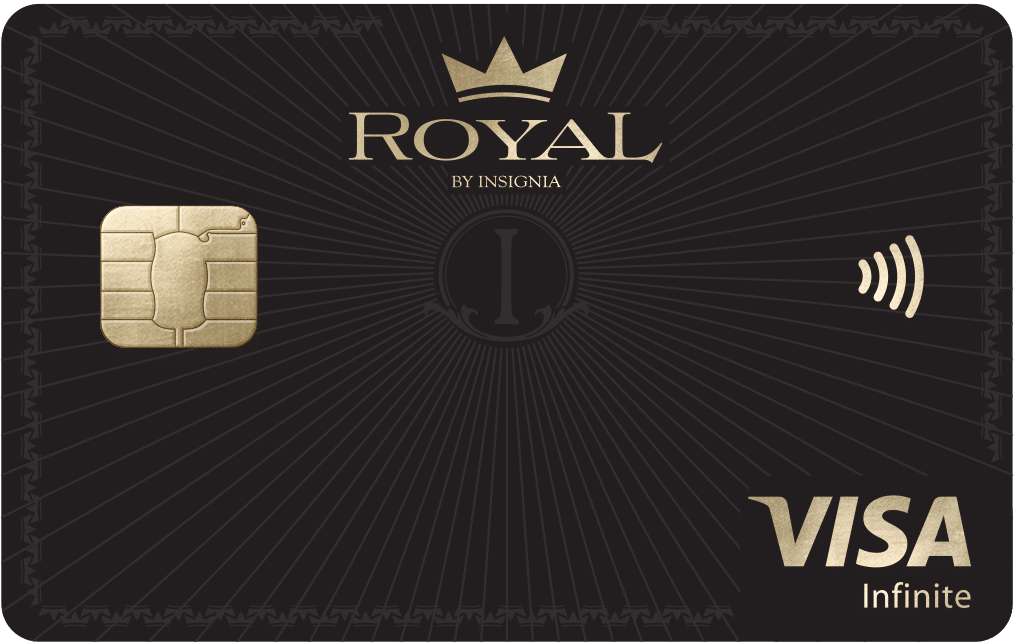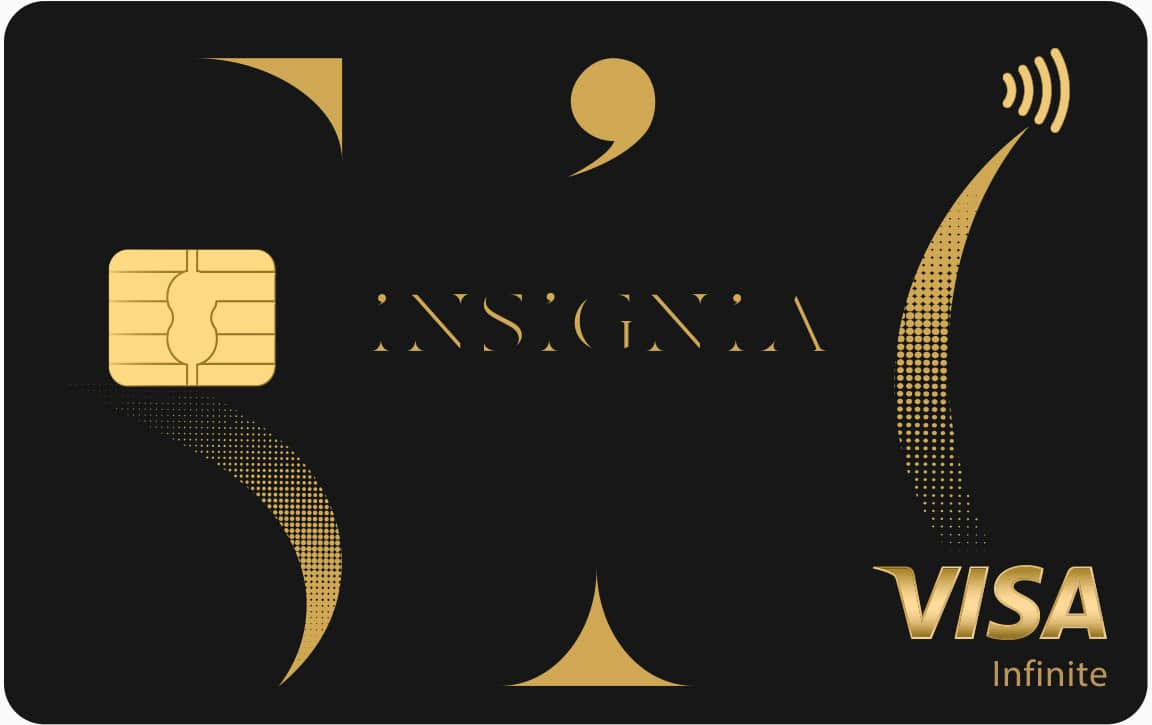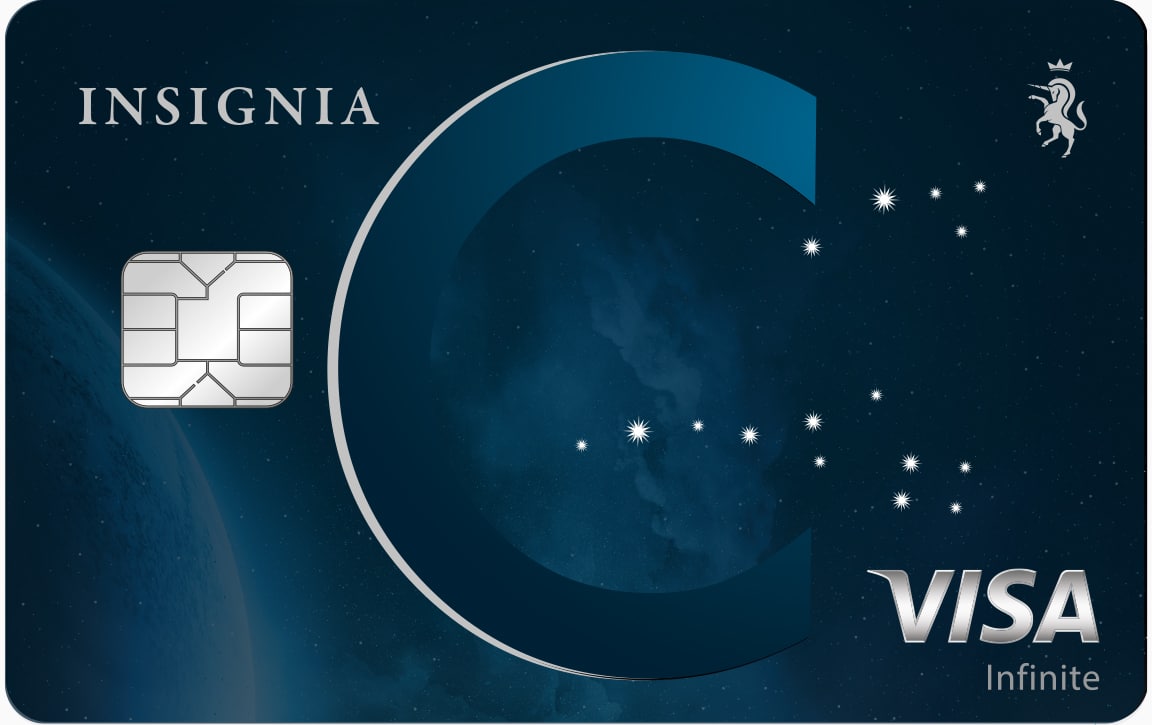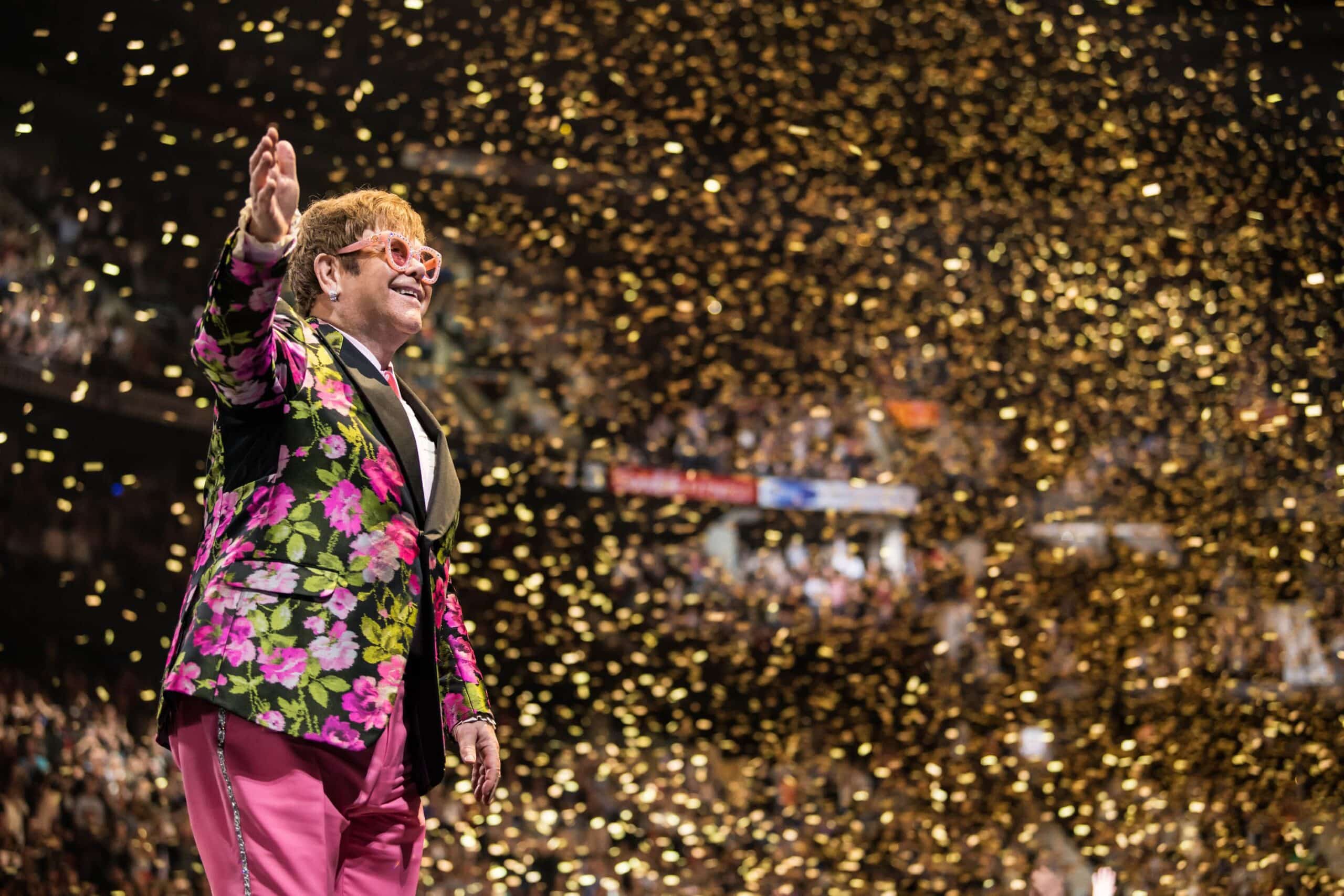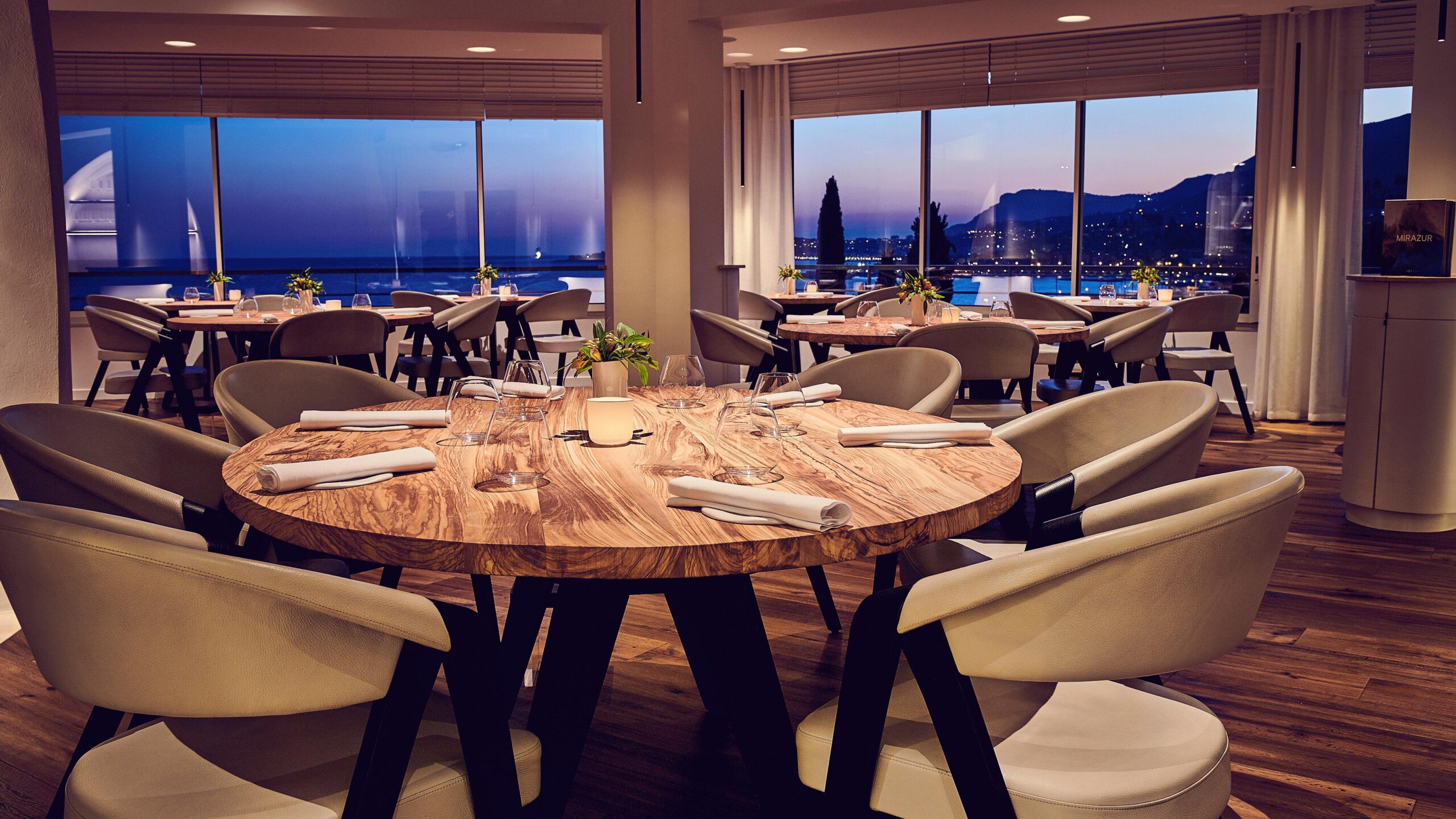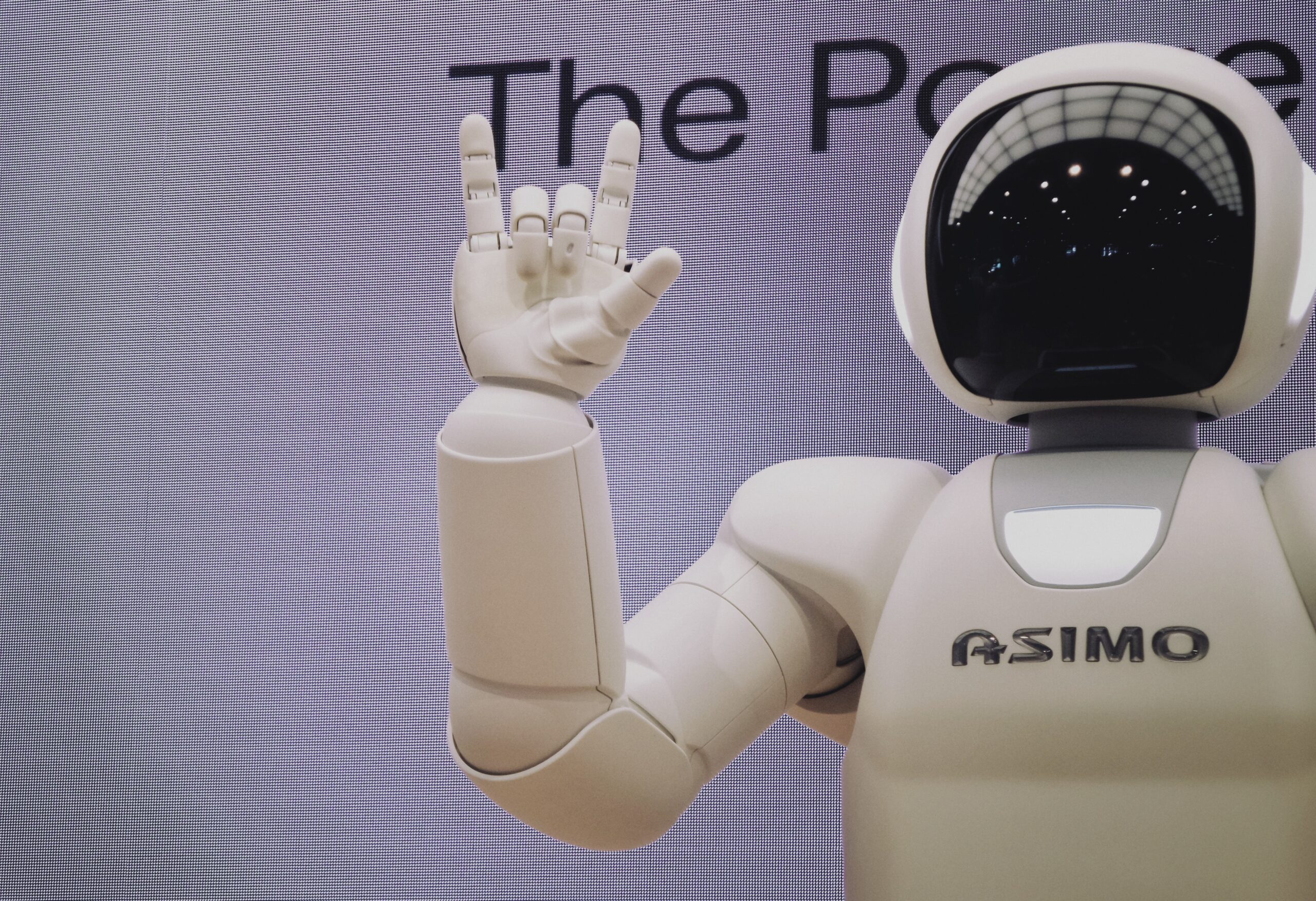I recently had the opportunity to sit on one of the most advanced chairs in the world. Aptly called Elysium, this elegant yet sleek piece of furniture allows the user to experience total weightlessness. Crafted in a workshop in Cambridge, England, the technology behind this chair blends seamlessly with traditional craftsmanship.
Showcased at Bang & Olufsen’s Knightsbridge studio, I sat in the chair while designer David Wickett did a brief question/answer session with me. With only 20 Elysium chairs available in the world in its first limited-edition run (boasting gold features, personal numbers and engraved by David Hugh Ltd.), it is truly a collectors item. Truth be told, the comfort (and after-effects) the chair provided can only be compared to deep meditation in a weightless environment. Here’s how our conversation unfolded:

What sets Elysium apart from other innovative chairs?
It has to be the way it feels. Elysium is arguably the most comfortable chair in the world, placing the body in equilibrium, and holding the user in frictionless balance where only the slightest of gesture is required to move. It is this patented frictionless movement that makes Elysium the only chair in the world that truly simulates weightlessness, removing all physical pressures from the body in a totally unique experience akin to floatation therapy.
How was Elysium conceived as an idea?
In 2002 whilst a Masters student of Industrial Design, I made a simple observation that would define my career. This was that scientific knowledge adds emotional value to design that is beyond performance. A great example is automotive design where the value of aerodynamics extends far beyond improvements in drag factor. It creates desire. Elysium is the culmination of the 14 years of medical design practice and scientific research that stems from that observation.

How does it “neutralize” gravity?
The mechanism, on either side of the chair just below the armrests, is made up of six roller bearings that move around a machined hub. This allows the chair to balance at a point at which downwards pressure is spread entirely evenly, and the sensation of weightlessness is created.
There are no electric motors or spring mechanisms. The weightlessness is created by six roller bearings, three either side of the chair just below the armrests, that move around a machined hub. The specific shape of the hub creates continuous balance and the roller bearings create frictionless movement.

What is your background in physics and human anatomy?
For over 10 years I worked with a manufacturer of medical seating. Here, I designed specialist seating, including a number of products for the NHS. Designing in this sector enabled me to develop a deep understanding of the human body from a medical perspective that goes far beyond conventional seating ergonomics. It was during this time that I was working on my PhD in biomechanics, and as part of my research I created a mathematical model for posture and the optimal support for the spine.
Elysium represents the confluence of my knowledge in design, science and medical technology. It allows the body to move with absolute ease, which gives rise to an utterly unique sense of comfort and wellbeing. The optimum position for a new sensory experience is about halfway or 25°. Here, pressure is evenly distributed across all surfaces and all joints are held at their most relaxed position – in equilibrium. The resulting sensation is one in which all physical pressures are removed from the user’s perception through a similar effect to floatation therapy. Reclining further beyond this point increases the mechanical benefits to the spine which have potential to relieve pain.

What else inspired the design of this product?
In general there is a strong North European modernist influence to the design. There is a slight deviation from modernism, however, with a touch of English vernacular where reference has been made to the archetypal 17th century wingback fireside chair. Other references can be seen with Jacobsen’s Egg chair (1958), Kukkapuro’s Karuselli chair (1964), Jacobsen’s Vola taps (1968), Bang & Olufsen’s Beocenter (1991) and even Norman Foster’s New Mexico Space Port (2007).
What materials does Elysium comprise? How can customers customise their own?
Elysium is the first chair to have an internal upholstery frame made of carbon fibre. Carbon fibre was chosen because it is moulded and therefore achieves the highly complex shapes required to support the body in the right way, it is strong enough to take the weight onto the backrest when reclined and it is very lightweight. A variety of foams are used in the design, including a large ergonomically moulded memory foam cushion in the backrest.
All of the external frames are machined stainless steel, made by the same craftsmen who make Lister Jaguar racing cars, while the leather is a beautiful and high performing Scandinavian semi-aniline hide, available in a choice of 70 colours. The leather cover was developed in Norfolk by a highly skilled seamstress who formerly worked on Lotus car interiors.
Elysium is a truly bespoke product, with every part made to order. It is the first chair of its kind where the actual recline mechanism can be designed and built to the user’s balance. While the chair is offered in a choice of 70 leather colours, if the client requires alternative leathers or fabrics then this can be done, likewise, the metal frames can be finished to the individual client’s preference, for example with a soft touch paint.

Why have you affiliated with Bang & Olufsen to introduce Elysium to the world?
The affiliation we have with Bang & Olufsen grew out of the strength in design cohesion. The Bang & Olufsen showroom really is the perfect context to see and experience Elysium. The affiliation has also given rise to the opportunity to explore the impact posture has on emotion and perception. We are finding that the experience of the sound systems at Bang & Olufsen, which are already incredible, are taken to another level when experienced in Elysium.
For more information on Elysium, please contact your Insignia Personal Assistant.

